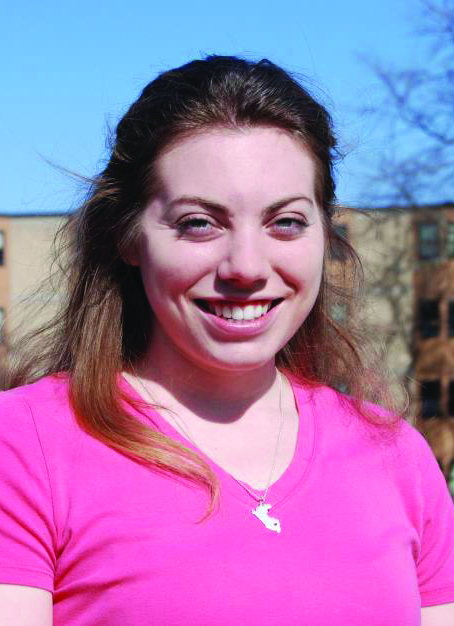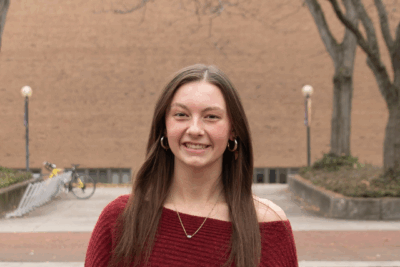American Sign Language is rapidly spreading to mainstream American culture. Millions of Americans watch the ABC Family television series “Switched at Birth,” most of whose characters use American Sign Language (ASL) to communicate. The number of people learning ASL has soared — now infants learn ASL from DVDs before they can talk.
As ASL spreads, volunteers with varying levels of ASL travel abroad to help the Deaf (the capital D signifies Deaf culture, not simply a medical condition). A nondenominational church in my hometown of Decatur, Indiana, for example, has led mission trips to Leveque, Haiti, where volunteers visit Deaf families to help paint homes, weed grounds and play with children.That is noble, and good for Deaf people in the world. But I have found that these volunteers, even the most well-meaning, can often do harm as well as good.
The first issue is that many people who try to learn ASL overestimate their abilities. Slapping together signs does not mean that one knows grammar, syntax and everything else that makes a language. A slightly erroneous movement, a hand shaped incorrectly, or a sign made with the wrong facial expressions can distort the meaning.
Furthermore, ASL is an American language. It is not universal, and it’s not even necessarily used wherever English is spoken. Actually, ASL has more in common with French Sign Language than with British Sign Language. So volunteers who know ASL and venture to other countries may not be able to communicate with the Deaf.
I recently spent three months in Peru through Goshen College, where I am studying ASL Interpreting. I lived and worked with the Deaf communities in Lima and Cusco and was amazed at the impact of ASL in the country. In Lima, nearly all Deaf community members had gone to Efata, a boarding school for Deaf children run by Baptist missionaries from the United States, or attended services led by Jehovah’s Witness missionaries from the United States.
Both programs are conducted in a loose version of ASL with few other signs added. Most of the American missionaries had taken rudimentary sign courses in the United States or learned from other missionaries. Their mission is often foremost to save Deaf people’s souls, and learning the language is lower on their priority list.
But by taking ASL to Peru and teaching it to Deaf children, as many missionaries and volunteers do, they can rob them of the opportunity to speak their own language.
Peruvian sign language is beautiful — full of big gestures, quick movements and animated facial expressions that are much more dramatic than ASL.
It is a language Peruvians have created over generations. For example, religion — especially Catholicism, the faith of 90 percent of Peru’s population — is central to Peruvian culture. Accordingly, “Sunday” is signed by making a cross on one’s forehead. But Peruvian sign language is at risk of becoming extinct, in part because many Americans are too impatient to learn local methods of communication.
What if missionaries to the Deaf prepared not by taking classes in the United States, but by attending Deaf social events in Cusco? Or watching Deaf soccer games, or visiting the market with Deaf friends, or spending time at a Deaf school?
I think we would see volunteers who would learn to sign well, and who would become active, accepted members of Peruvian Deaf communities. We would see volunteers who could educate Deaf Peruvians about their rights, supporting them as they fight to obtaining driver’s licenses, own property, or get wages equal to those paid to hearing coworkers.
Volunteers in foreign countries bring positive attention to marginalized people, and the Deaf are often among them. But the impact on the Deaf community and their language lasts long after volunteers have returned to their home nations. As ASL becomes even more widespread, it should become equally important to learn and protect the sign languages of others.
Personally, I will forever be grateful to have been to Peru and to have learned sign — their way, not mine.
Mia Engle is a sophomore ASL major who lived in Peru for three months last fall. This work originally appeared in the International Herald Tribune.


